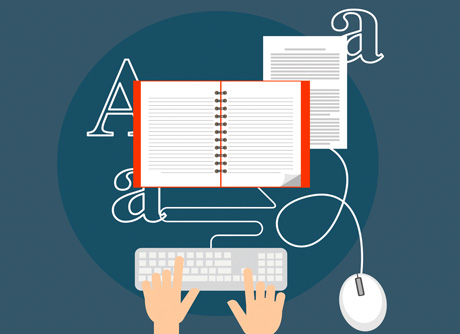From the December 14, 1988 issue of The Chronicle of Higher Education
 Two computer programs about plagiarism are helping students learn how to write research papers without misappropriating the work of others.
Two computer programs about plagiarism are helping students learn how to write research papers without misappropriating the work of others.
Melora Sundt, assistant dean of students at the University of California at Los Angeles, says she has been using the programs to counsel students who have been referred to her office for allegedly plagiarizing written assignments.
Most of the students, Ms. Sundt says, are freshmen who have not been taught the difference between proper and improper use of secondary references.
As a penalty, the students are required to review a tutorial program called the "Glatt Plagiarism Teaching Program." Afterward they evaluate one of their papers for evidence of unintended plagiarism using a program called the "Glatt Plagiarism Self-Detection Test."
The self-detection program deletes every fifth word from the text and then asks the student to restore them. If a student correctly fills in 77 per cent or more of the blanks, then he or she is probably not guilty of plagiarism, Ms. Sundt says. The test is based on the premise that writers are more likely to remember words and phrases they wrote than those they may have borrowed from other writers.
The tutorial and self-detection programs are sold by Glatt Plagiarism Services, a business set up by Barbara Glatt, a former writing instructor at the University of Illinois at Chicago and California State University at Sacramento.
Ms. Glatt also has develop the "Glatt Plagiarism Screening Program," which is designed as a test for proving or disproving charges of plagiarism, not as a learning tool. To guarantee the accuracy of the screening program, Ms. Glatt recommends that tests be sent to her for scoring at a cost of $14 each.
All three of the Glatt programs operate on I.B.M. PC-compatible and Macintosh computers. Discounts are available when programs are purchased together.
Ms. Sundt, who says she wishes the instruction manuals for the programs were easier to understand, says she likes the programs because of Ms. Glatt's strict definition of plagiarism. "She talks about ideas -- not just word-for-word theft of language -- and that's the area where students have the most trouble," Ms. Sundt says.
